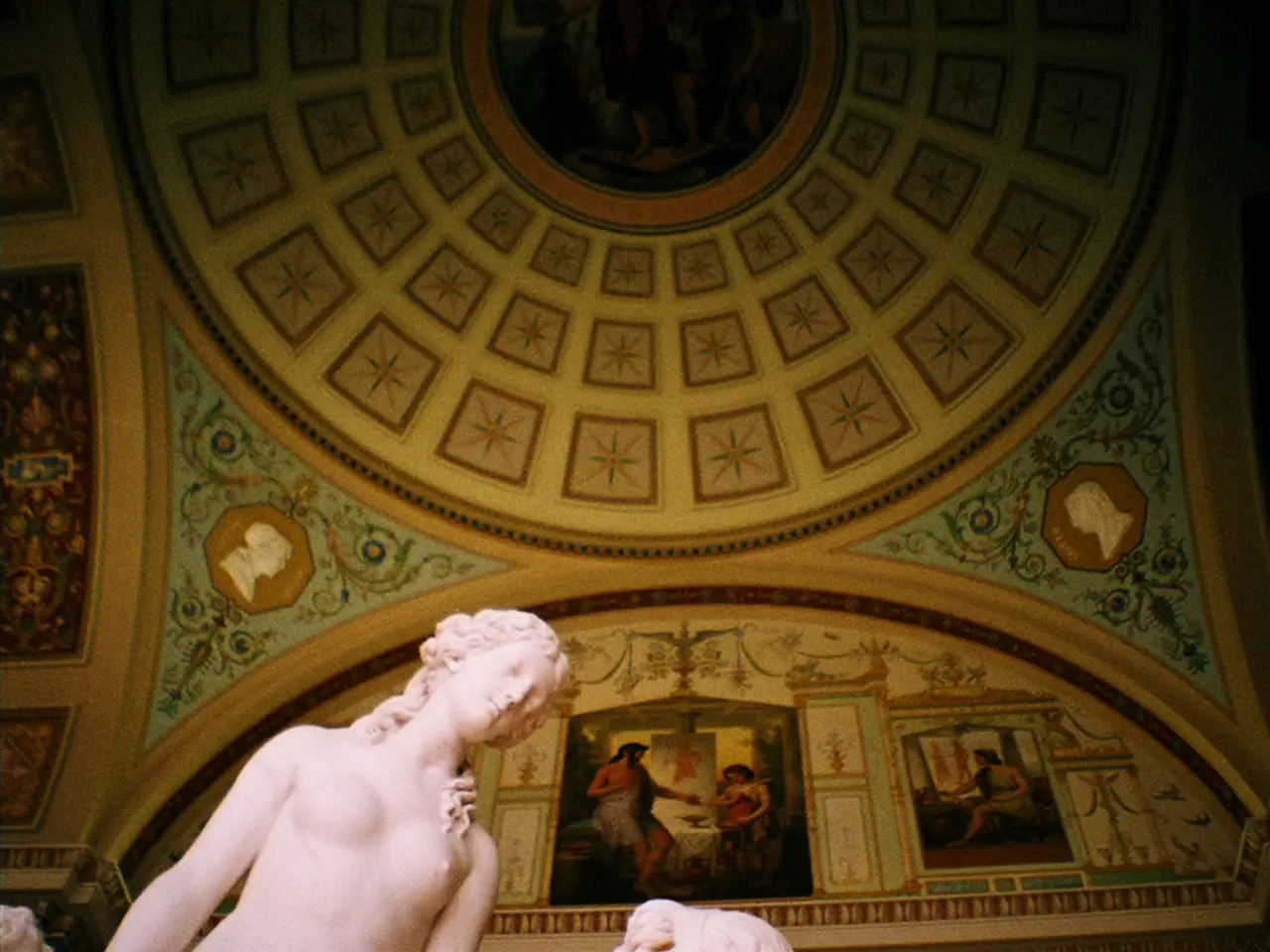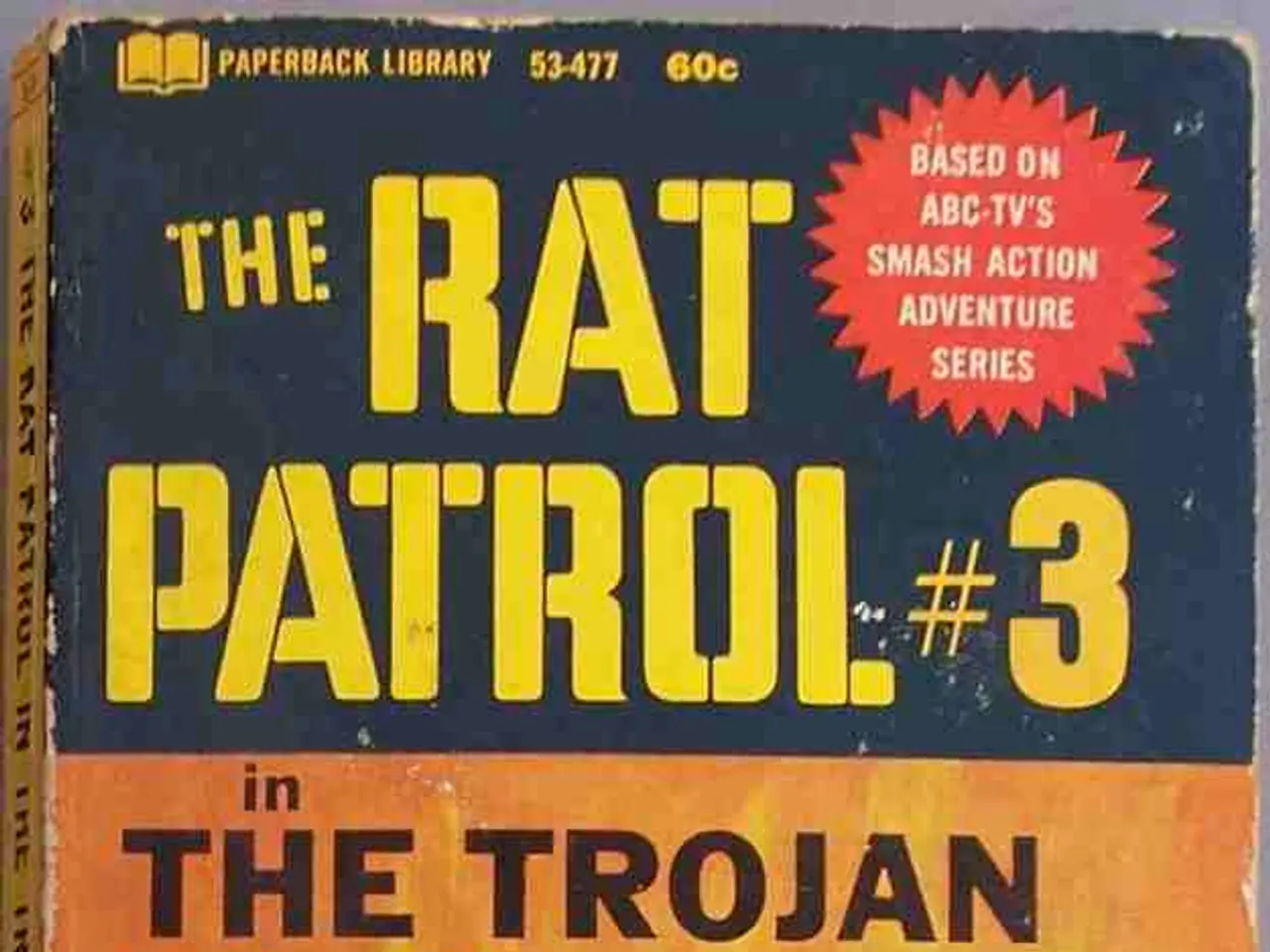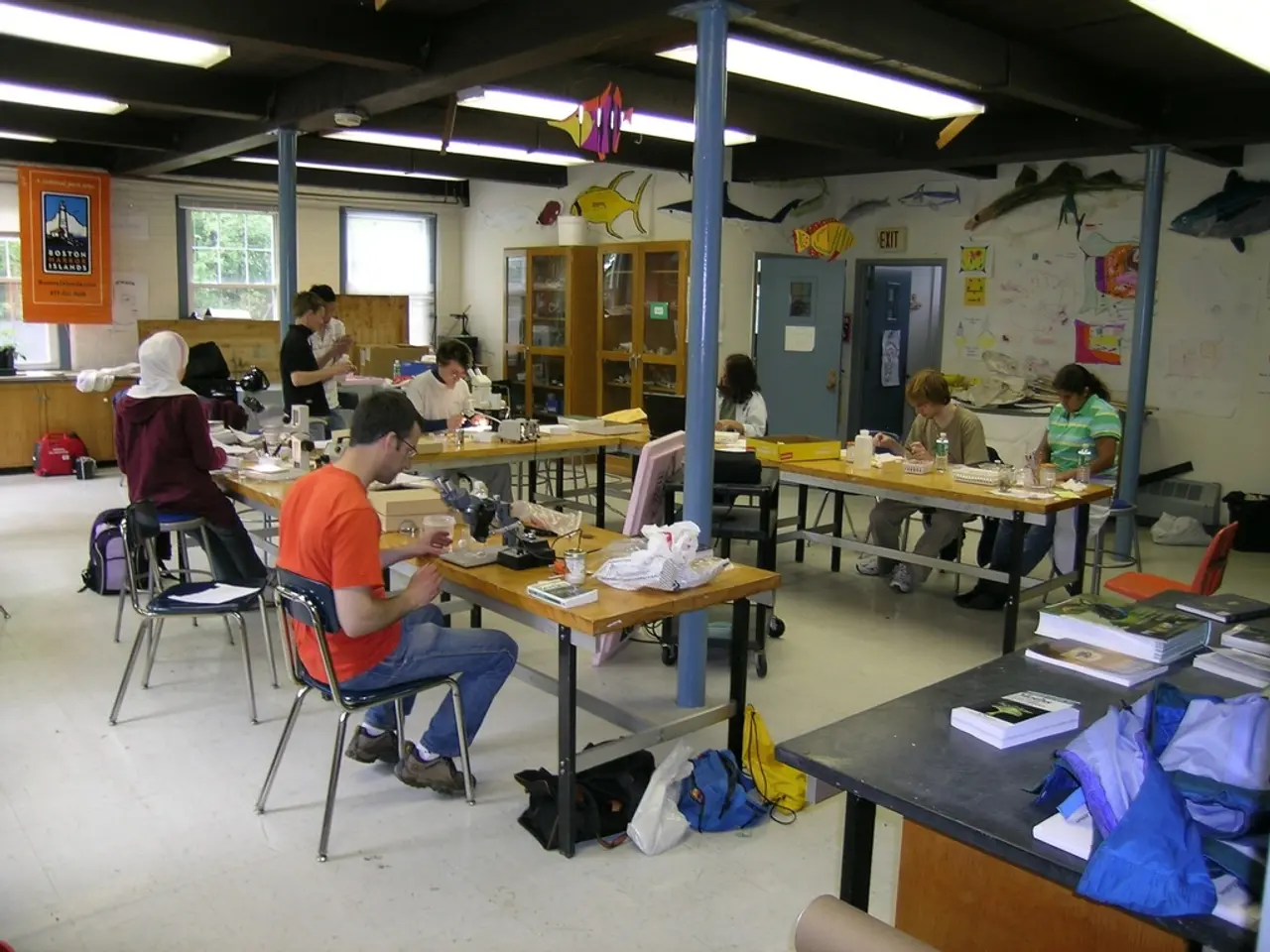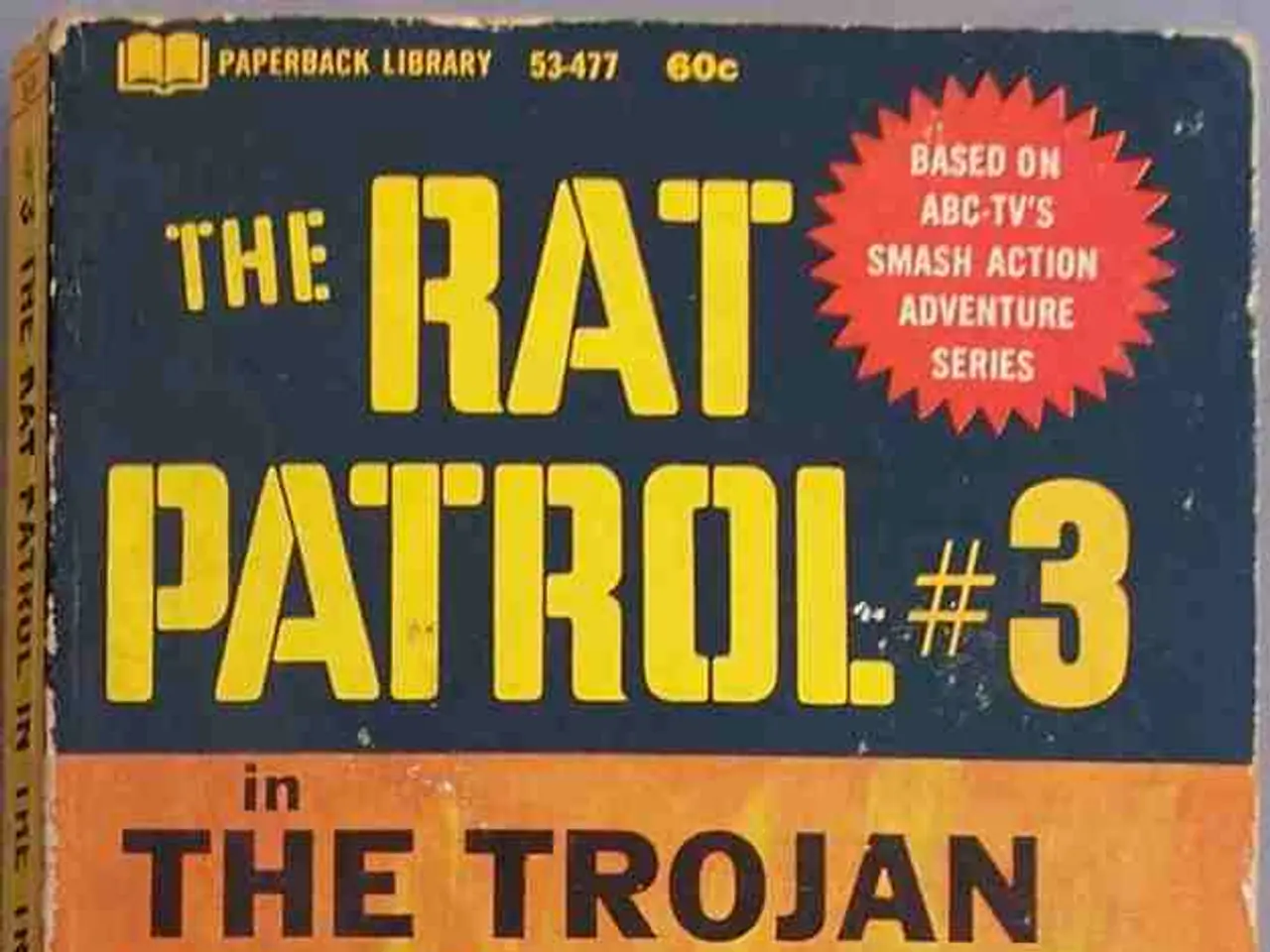Uncovered: Four Previously Undiscovered Paintings by the Court Artist Revealed
In the heart of Germany, the city of Mannheim holds a rich history that spans centuries. One of its most significant historical connections is with the works of the Dutch-German Baroque painter, Johann Philipp von der Schlichten.
Von der Schlichten, who was active mainly in the 18th and 19th centuries, was known for his portraits and genre scenes. His works, many of which were commissioned by local nobility or prominent citizens, can be found in museums and private collections across southwestern Germany, particularly in Mannheim and Rastatt.
The city of Mannheim's connection with von der Schlichten is deeply rooted in its history. In 1720, Elector Palatine Carl Philipp von der Pfalz moved the residence of the Palatinate from Heidelberg to Mannheim, marking the beginning of the city's growth and development. It was during this time that the foundation stone for the Mannheim Palace was laid, and the construction of the adjacent Jesuit college began.
Three paintings, originally found on the fields above doors in the Baroque palace under Elector Carl Philipp, have been traced and returned to the palace. These works, now housed in the Trabantensaal, offer a window into the past and are a piece of rediscovered history.
The paintings, signed by von der Schlichten and dated 1732, show cheerful scenes that cannot be clearly interpreted, presumably representing the senses. During restoration work, the signature and the date were discovered, providing proof of the paintings' origin.
The paintings, initially located in the last room of the enfilade in the Westeck pavilion, now belong to the university. The Trabantensaal, which houses the 'Experience Room Hofmusik' today, is the new location for the supraportes.
Sandra Eberle and Uta Coburger are responsible for the rediscovery of these significant works. Their discovery sheds light on the artistic and historical significance of Mannheim during the Baroque period.
For those interested in exploring more of von der Schlichten's works, local museums such as the Kunsthalle Mannheim or regional historical collections may house his paintings. In Rastatt, local art galleries, the Schloss Rastatt, or regional museums may hold his works.
To find specific works by Johann von der Schlichten, it is recommended to contact these cultural institutions directly or consult art historical catalogs related to southwestern German painters of his period. For more detailed resources or archives, assistance can be provided.
- The discovery of three paintings signed by Johann Philipp von der Schlichten, dating back to 1732, reveals the artistic and historical importance of Mannheim during the Baroque period, which was a time of significant growth and development for the city.
- As the museums in Mannheim and Rastatt, particularly the Kunsthalle Mannheim, possess many paintings commissioned by local nobility and prominent citizens during the 18th and 19th centuries, they hold a vast collection of von der Schlichten's works that are worth exploring for those interested in art and history connected to war-and-conflicts, politics, and general-news events of the time.






